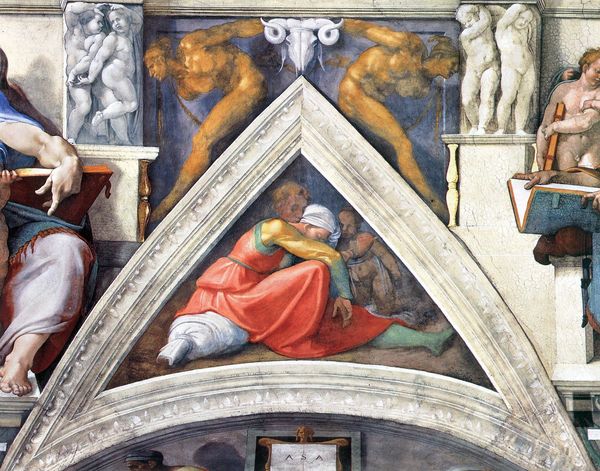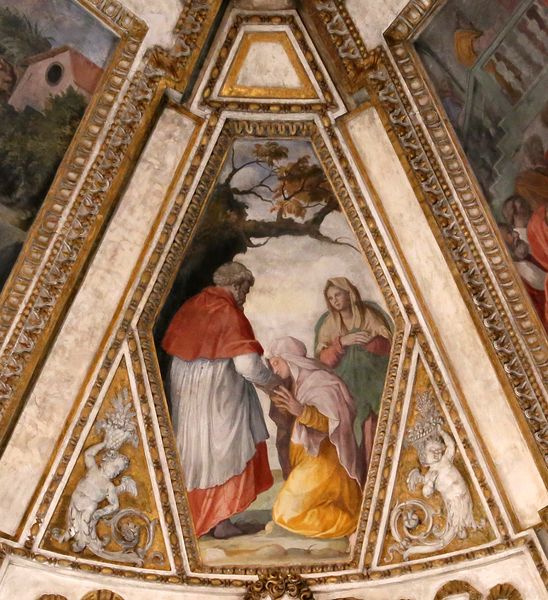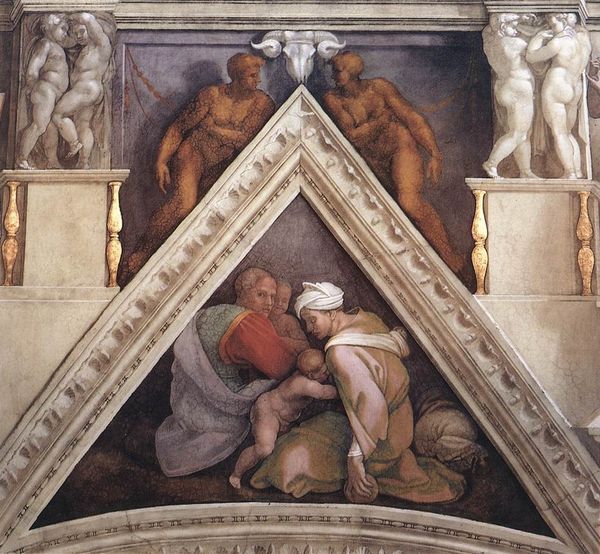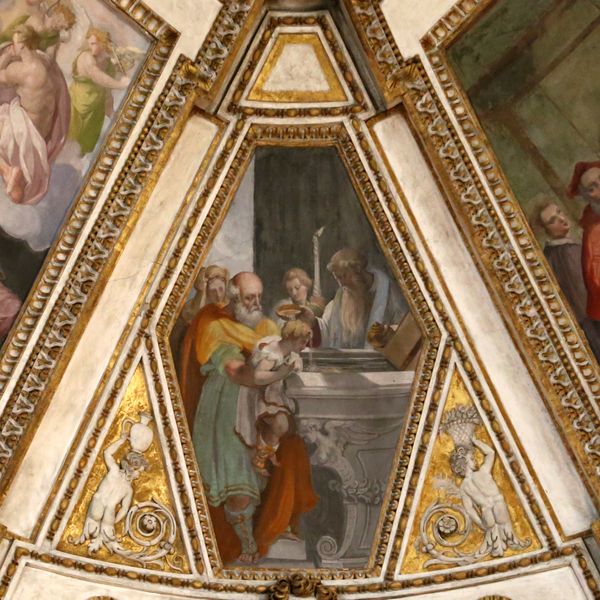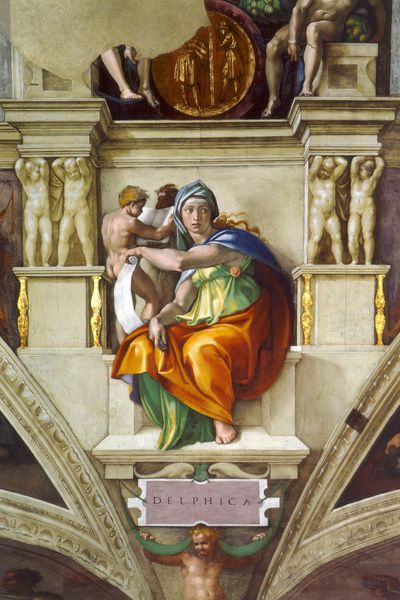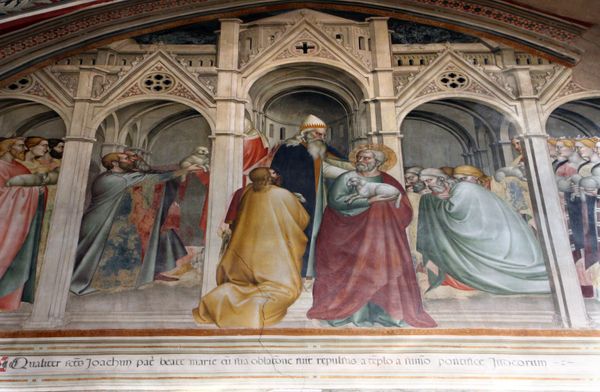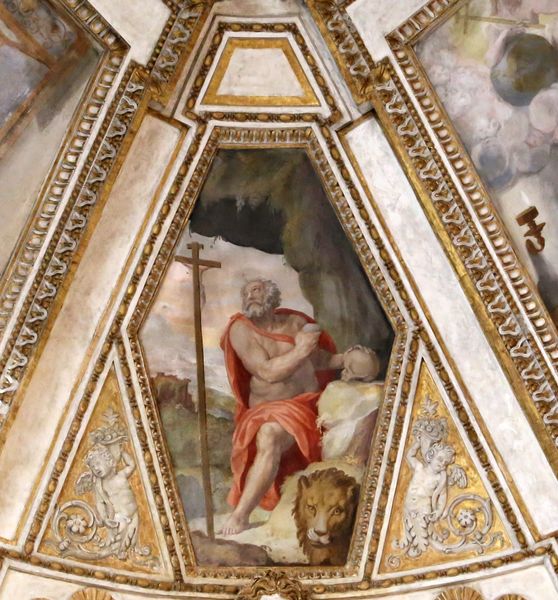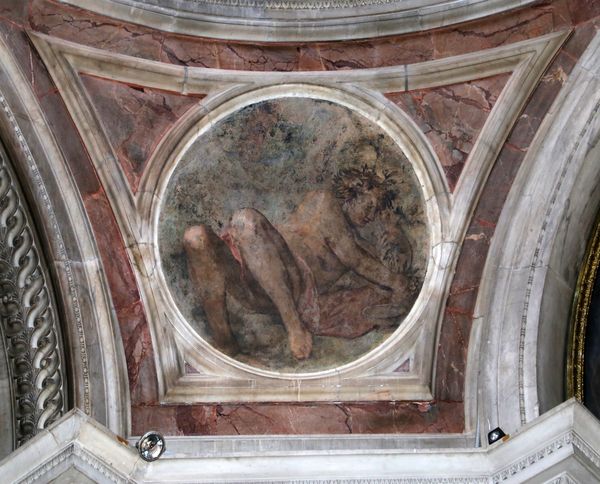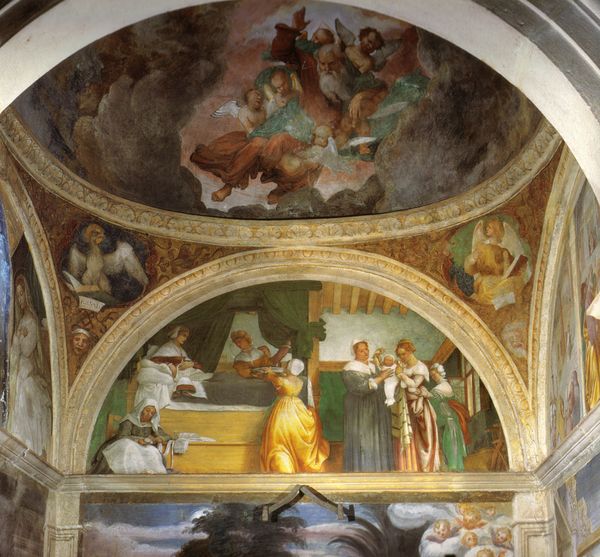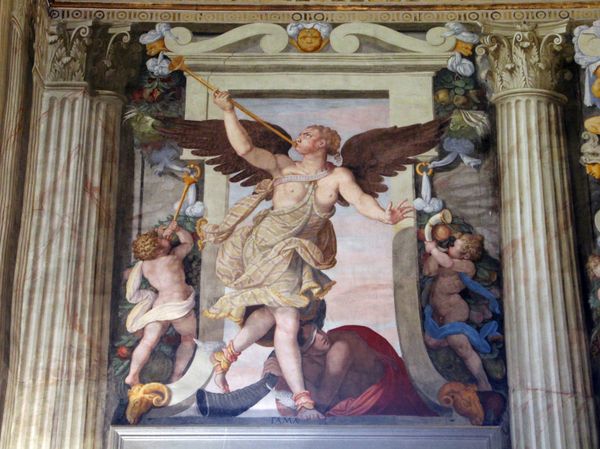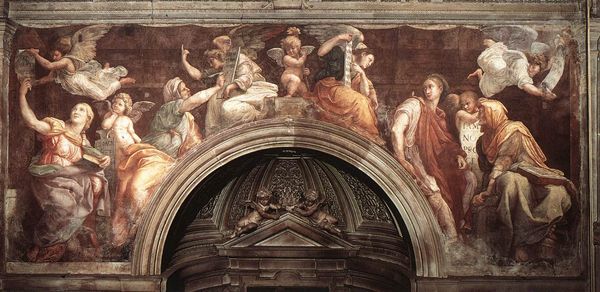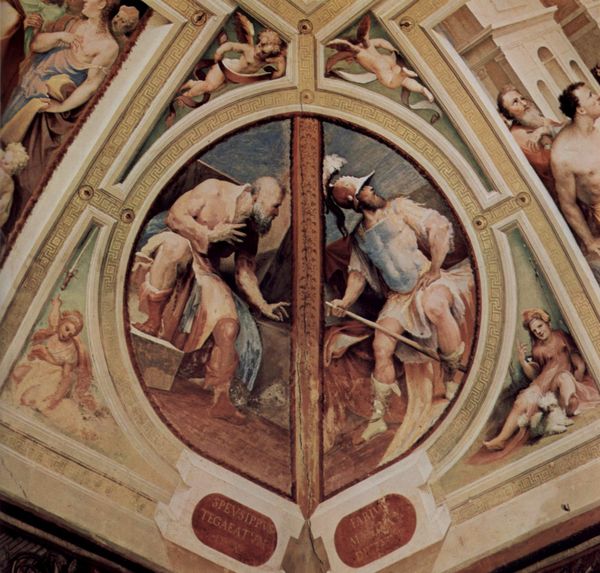The Ancestors of Christ: Salmon 1509
🔒Audio guide available with collection purchase
#
prophet
#
street view
#
sculpture
#
sculptural image
#
possibly oil pastel
#
oil painting
#
unrealistic statue
#
underpainting
#
christianity
#
men
#
mythology
#
painting painterly
#
watercolor
#
statue
#
christ
Copyright: Public domain
Comments
No comments
Be the first to comment and join the conversation on the ultimate creative platform.

